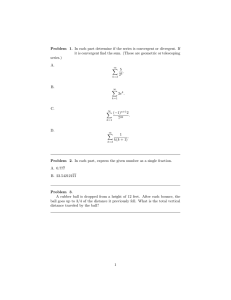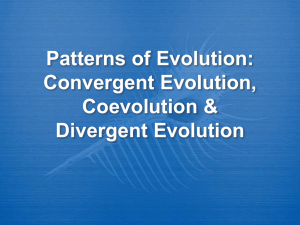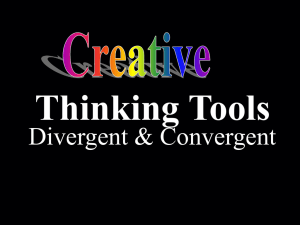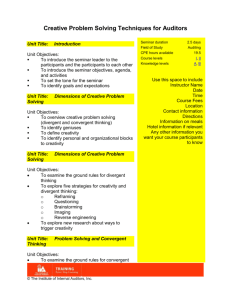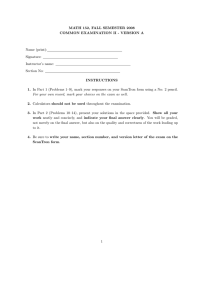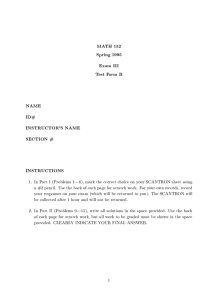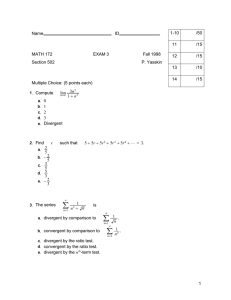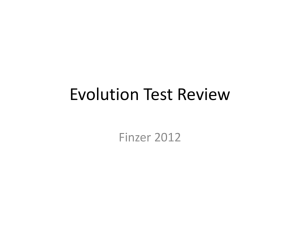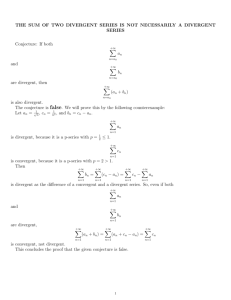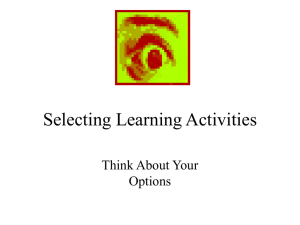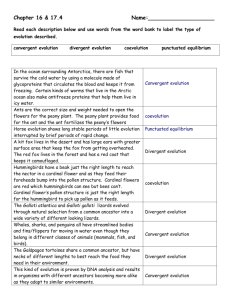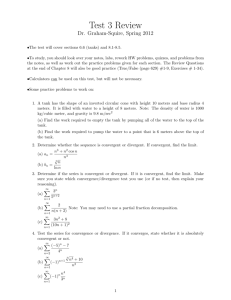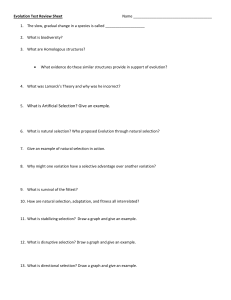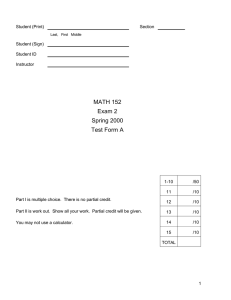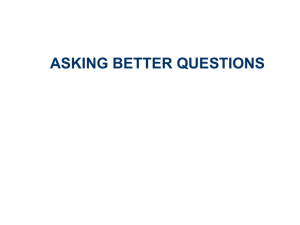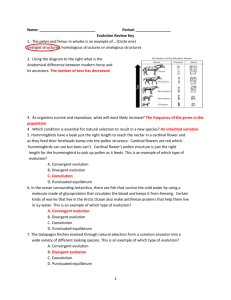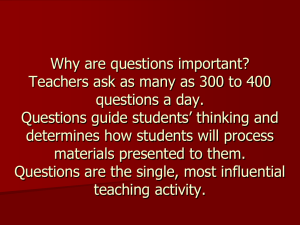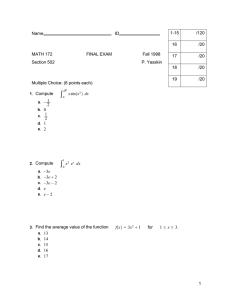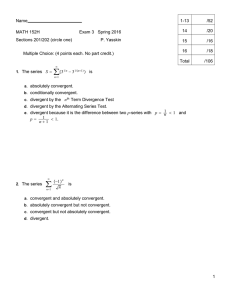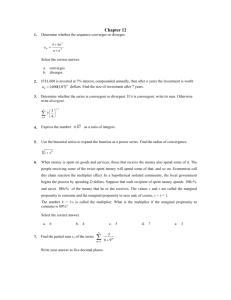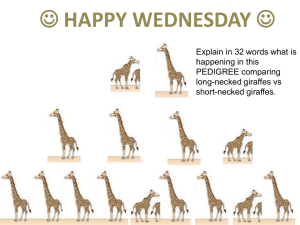Human_Face_Scavenger_Hunt_1
advertisement
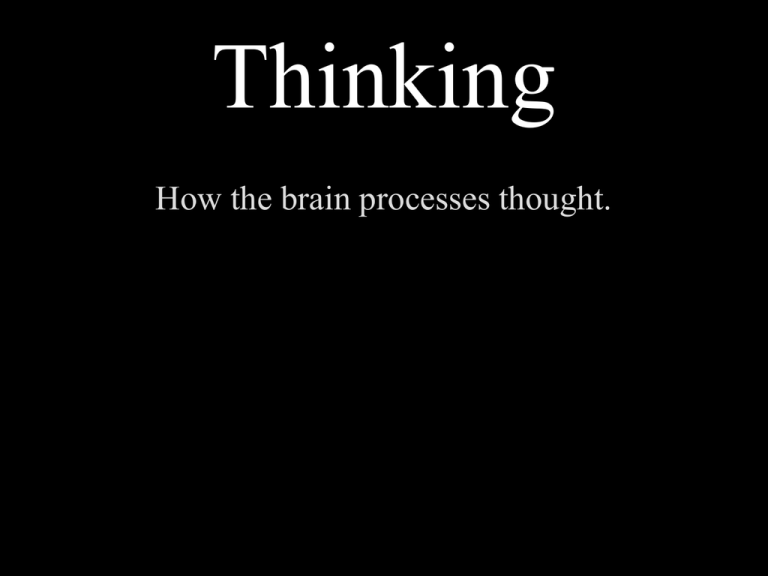
Thinking How the brain processes thought. What is “thinking”? • For our purposes, we will define thinking as the way the brain processes, stores and uses information. • The way information is processed and used, in combination with interpretation (and the use of emotions) is called the “mind”. Linear Thinking • Most educational systems teach what is known as “linear thinking”. • Linear Thinking is a method of thinking that takes information and stores it, based on how it relates to previously processed and stored information. – While this is excellent for processing speed and storage, there are two major drawbacks to this process of thinking. • They are? Divergent Thinking vs. Convergent Thinking • The goal of convergent thinking is to eliminate all but one solution to a problem. • Convergent thinking is what you have been primarily taught through most of your educational process. – The problem with convergent thinking is the same as eliminating neural pathways (see “creative thinking” power point). • What if there is a flaw in that one solution, or if you find a circumstance where that one solution is rendered unworkable? See Apollo 13 carbon dioxide problem. Divergent Thinking vs. Convergent Thinking • The goal of divergent thinking is to generate many different solutions to a problem in a short period of time. • Divergent thinking typically occurs in a spontaneous, free-flowing manner, such that the ideas are generated in a random, unorganized fashion. – Following divergent thinking, the ideas and information will be organized using convergent thinking, putting the various ideas back together in some organized, structured way. • Move to divergent thinking exercises and lectures… Artistic Thinking… What is “Analytical Thinking”? • Analytical Thinking is a method of Lateral Thinking (a lateral thinking skill) that forces the user to re-examine the context of a given piece of information. – What are the benefits of re-categorizing information? – We will be using “visual analogies” to explore and practice this method of thinking. • An analogy is a connection between two things. • A forced analogy is creating (or finding) a connection where none exists (or seems to exist). HOW IS THIS THING… …LIKE THIS THING? Visually and functionally? What’s the connection between hands and the ocean? The analogy can be intellectual… …or visual. Seeing things in new ways… • Human beings as a species tend to be fairly self centered and vain. • We see ourselves everywhere… Ever see the face of Jesus in a potato chip? Your assignment ? Human Face Scavenger Hunt Using one of your many cameras (digital, phone etc.), find an example of a human face. Take a photo and email to me. RULE 1: The face cannot be manipulated to appear but must be natural. RULE 2: No duplicates! Keep an eye on what your classmates are doing. First come – first serve!
